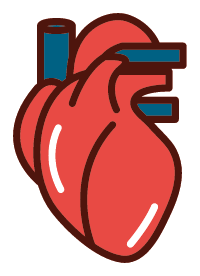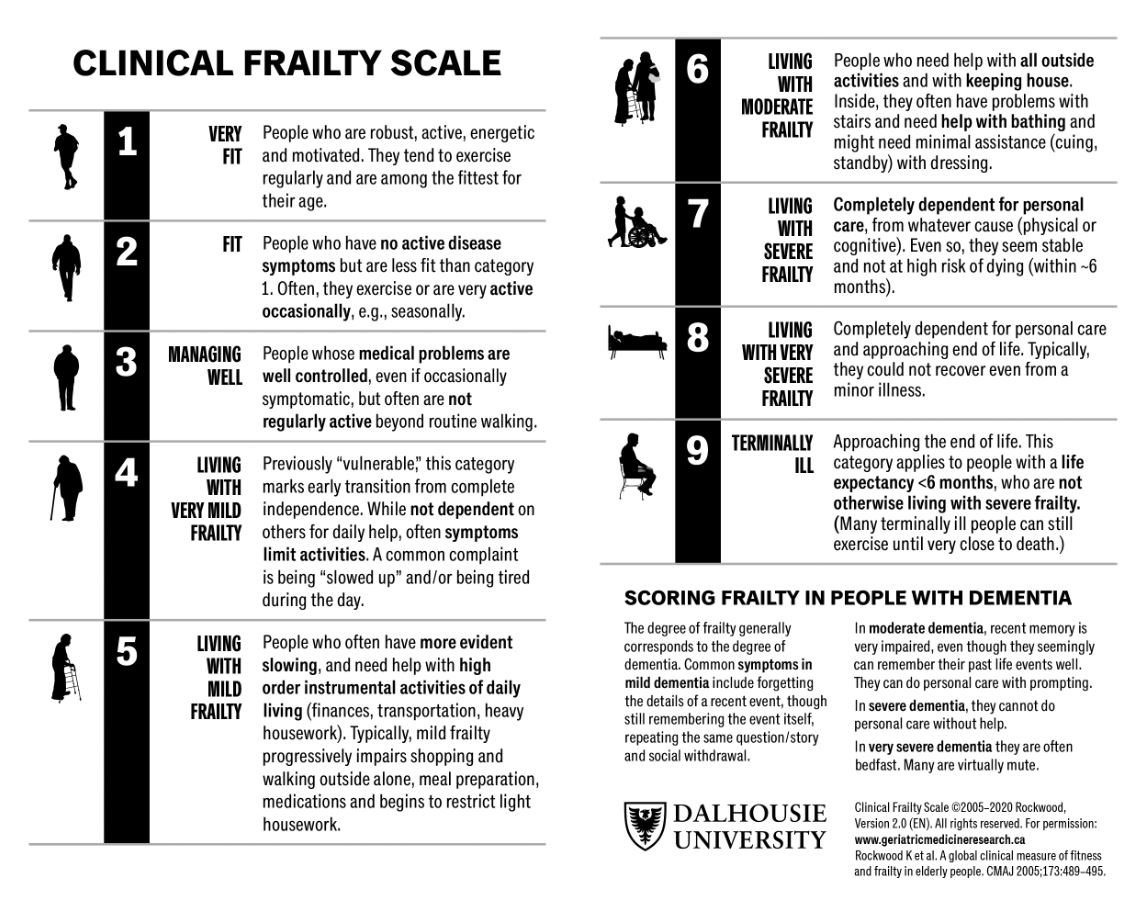Comorbidities & Risk Staging
Confirm Comorbidities
Review the information below and confirm if your patient has one or more of the conditions listed. If you do not have a confirmed diagnosis, consider the recommended investigations, where appropriate. Select all conditions that apply then continue to risk staging.
Outputs are tailored based on the combination of conditions selected.
Advanced Chronic Kidney Disease:
- Patients who are ≥ 65 years and/or are frail or have comorbid illnesses such as HF, are at high risk for poor outcomes and are appropriate for this pathway
- Advanced CKD eGFR category 4 and 5: 2 eGFRs ≤ 29 ml /min/1.73m2 ≥ 90 days apart AND have a comorbid illness such as HF
- This pathway uses a Conservative Kidney Management (CKM) approach. CKM is a treatment option for managing kidney disease with a focus on a quality of life, symptom management, and living well without dialysis
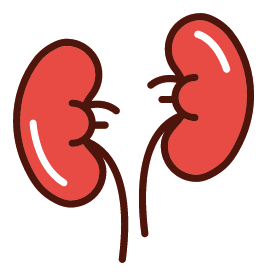
Advanced stage cirrhosis: Child-Pugh B or C
- In patients with risk factors for chronic liver disease, AST, ALT, and platelet count can help rule out cirrhosis
- A FIB 4 (calculated using age, AST, ALT and platelet count) cut-off score of < 1.3 is a good predictor of the ABSENCE of cirrhosis in all clinical contexts
- As per the AHS Fatty liver pathway, if your patient has a FIB-4 of ≥ 1.3, refer to a liver specialist
- Elastography is a good tool to assess liver fibrosis. Normal results of elastography can help rule out cirrhosis and values > 15 kPa (by transient elastography) strongly suggest cirrhosis
- A low platelet count (<150 G /L) is an important clue that a patient may have cirrhosis
- Patients with suspicion of cirrhosis based on the above-mentioned tests should be referred to a liver clinic
- In unclear cases, invasive tests (liver biopsy, hepatic venous pressure gradient measurement, endoscopy) will be required to come to a final diagnosis
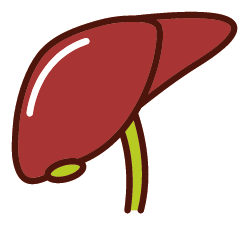
Cancer:
- Stage 3 or 4, metastatic solid organ cancer
- Cancer is non-curative
- If patient is on active treatment, including palliative intent therapy, or is being actively followed by a Cancer Care Alberta oncologist, contact the patient's Cancer Care Alberta team before using this tool or starting medical management
- For urgent issues, follow the instructions on the patient's systemic therapy or checkpoint inhibitor therapy emergency contact card

COPD diagnosis confirmed with post-bronchodilator spirometry with FEV1 to FVC ratio < 0.7. Moderate to severe COPD: defined as <50% FEV, mMRC> 2; +/- hospitalization/ED visits
- Chest x-ray at initial diagnostic evaluation
- 02 saturation (if < 90% at rest, consider ABGs for home 02)
- Document BMI (low BMI may dictate need for nutritional support)
- Assess for comorbid illness (depression, cardiac disease, diabetes etc.)
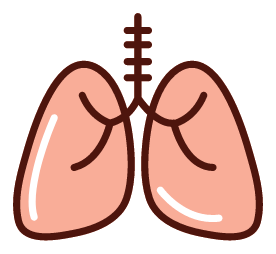
HF investigations: ECHO, NT-proBNP, Creatinine, eGFR, electrolytes
- HF may occur with any degree of LVEF. However, evidence for therapies and treatment targets are based on whether LVEF is 40% or less HF with HFrEF or > 40% HF with HFpEF
- If recent hospitalization for diagnosis or decompensation of HF, ensure NT-pro-BNP and ECHO with documented LVEF have been done
- Creatinine/eGFR, and electrolytes - regular monitoring to establish baseline and guide pharmacotherapy
